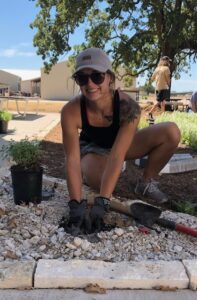Megan Lee and Cara Phillips of The Glynn – Cut Flower Farm
Monday, June 12, 2023
6:30 – 7:30pm
Somervell County Citizens Center, 209 SW Barnard
 Megan Lee and Cara Phillips, residents of Glen Rose, started The Glynn, a cut flower farm in the spring of 2022. They are finishing their first year in June and will be discussing their experiences with the business. It has been a year of lots of learning and they look forward to sharing some of that with you.
Megan Lee and Cara Phillips, residents of Glen Rose, started The Glynn, a cut flower farm in the spring of 2022. They are finishing their first year in June and will be discussing their experiences with the business. It has been a year of lots of learning and they look forward to sharing some of that with you.








